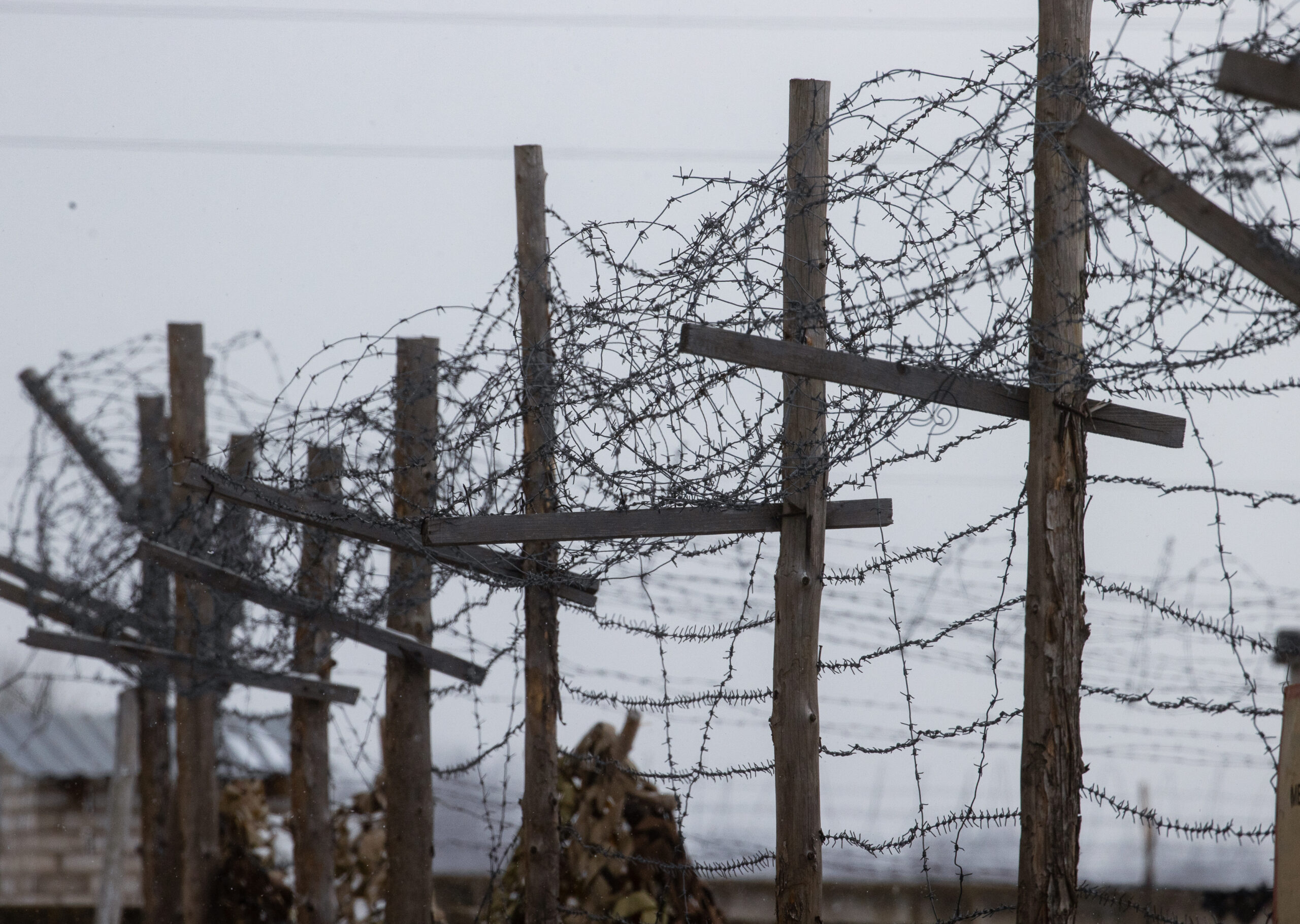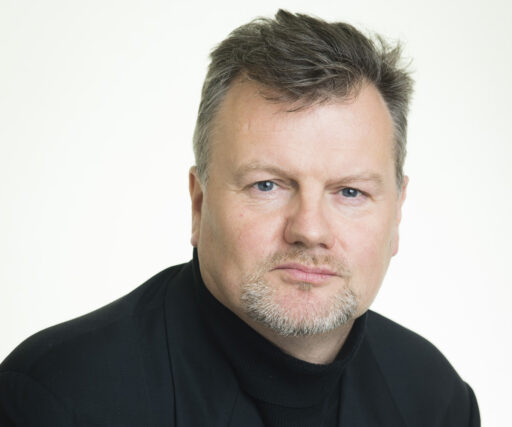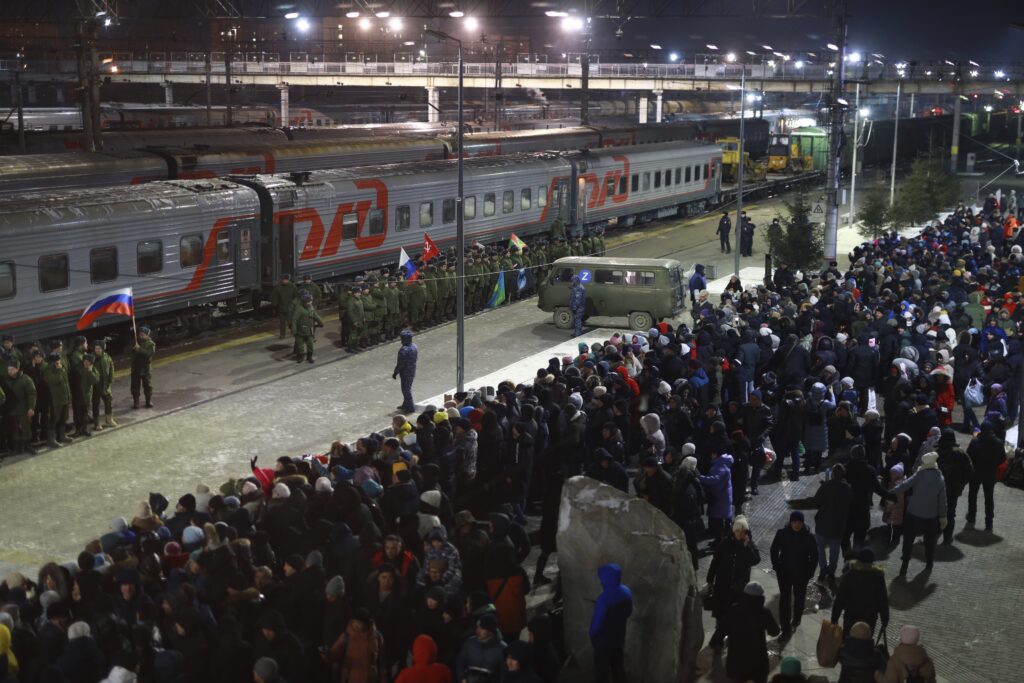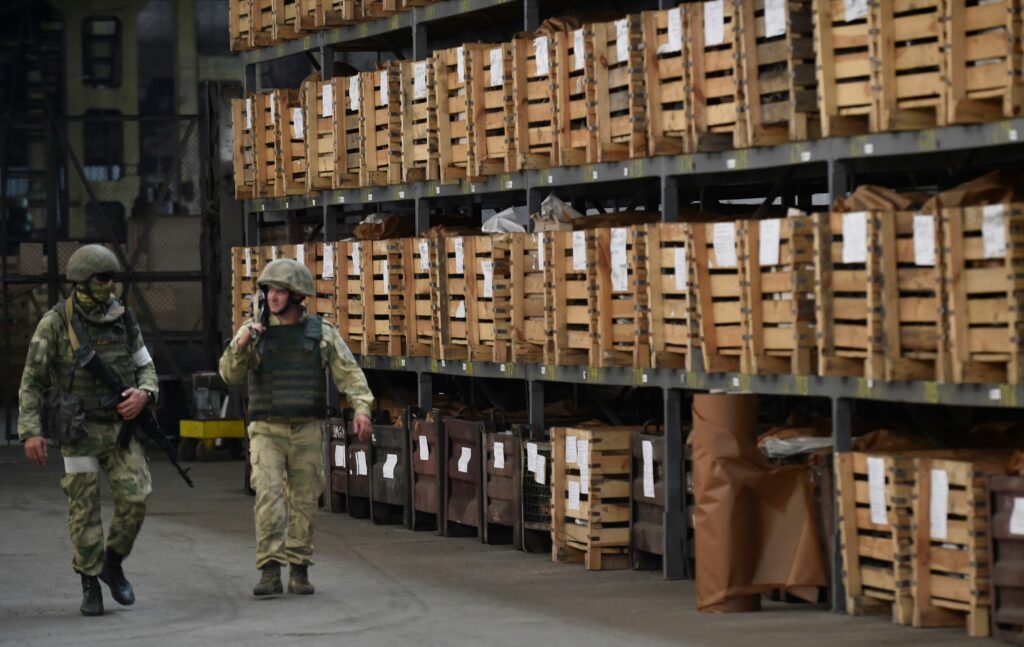On 15th March Sergey Lavrov wrote to the General Secretary of the Council of Europe withdrawing Russia from the Council of Europe. This is a case of jumping before it was pushed, as Marija Pejcinovic Buric, had warned in an interview with AFP that unless Russia immediately and unconditionally ceases hostilities, «the Committee of Ministers and the Parliamentary Assembly (of the Council of Europe, PACE) will move forward, in the direction of an expulsion.»
Russia’s exit will now leave people seized on the battlefield —or those arrested for protesting the war back in Russia— without the protection of appeal to the ECHR for violations of their human rights. It also means Russia could, as recommended by Dmitry Medevedev, re-activate the death penalty. Effectively, the last international human rights restraint on Russia is removed.
Indeed, one respected Russian historian recently gave a prognosis of the worst-case scenario for human rights in Russia; it included «mass repression and concentration camps.»
On top of that, a leaked letter of American UN Ambassador Crocker to the UN High Commissioner for Human Rights, Michelle Bachelet, gave chilling details of the consequences of the war in Ukraine based on previous Russian operations. Widely shared on social media, Crock warns that we should expect:
" … targeted killings, kidnappings/forced disappearances, unjust detentions, and the use of torture, [that] would likely target those who oppose Russian actions, including Russian and Belarusian dissidents in exile in Ukraine, journalists and anti-corruption activists, and vulnerable populations such as religious and ethnic minorities and LGBTQI+ persons. Specifically, we have credible information that indicates Russian forces are creating lists of identified Ukrainians to be killed or sent to camps following a military occupation."
The Familiar Playbook
We can rely on what has been happening since the annexation of Crimea to predict the fate of the people seized and detained in new territories occupied by the Russian armed forces. We leave on one side the possibility, we note above, of the reintroduction of the death penalty in Russia and reports emanating from the breakaway territories in Eastern Ukraine over the past several years of summary executions, kidnappings, torture, and rape.
In Crimea, the main target in the resident population has been Crimean Tatars, who have often passively resisted Russian rule in Crimea since 2014. Many Tatars have boycotted Russian elections on the peninsula. (Since the conflict has spread north to Kherson, Tatars have been well represented among protesters standing up to Russian occupying forces.) Back on Crimea, Tatars have proved particularly vulnerable to accusations of belonging of radical Islamic groups, such as Hizb ut-Tahrir, which is banned in Russia.
The Crimean Tatars arrested in Crimea are tried in the Southern Military District court and, once convicted, are moved further into the Russian interior to serve their sentences. There, far from their homeland, they join Muslim political prisoners from the North Caucasus and elsewhere in Russia — all similarly convicted of belonging to terrorist and extremist organisations.
Likewise, there have been notorious cases of Ukrainian nationals and residents of the occupied territories seized and transferred to prisons in Russia. The fate of film director Oleg Sentsov instructive here. It shows the authorities using the Russian prison system to break those who oppose its military ventures, while keeping them out of reach of the foreign press and human rights monitors. (This is what would await any surviving members of the Ukrainian government captured and subjected to a show trial.)
Sentsov was subjected to a 21st century version of the ‘terrors of transportation’ meted out to generations of convicts by the colonial powers. In an extraordinary ‘carceral journey’, after his arrest in Simferopol, Sentsov was transported to Lefortovo (the most famous of the FSB run SIZOs of central subordination). Then, he was taken back south to Rostov-on-Don to be tried. Then, via Yakutsk and the notorious torture conveyor in Irkutsk oblast, to Labynangi in the Yamalo-Nennets AO in the Arctic circle to serve his sentence. He eventually was returned to Ukraine in a prisoner exchange — and he is now in the Ukrainian armed forces. The round trip was 19,225.9 kilometres, longer than the convict journey to Tasmania for British criminals the 19th century.
All of this goes to prove that the much-vaunted provision in the Russia criminal correctional code for prisoners to be incarcerated in their home region or, if there are no suitable facilities, in the nearest closest region, does not apply to Ukrainian nationals who object to Russia’s seizure of Ukrainian territory.
Russian protesters
On the evidence of the past eight years, the same exception will apply to citizens of Russia who protest for peace. They are taken to detention centres in over-crowded avtozaks; they can be held there for up to 15 days. Defendants face prolonged periods in overcrowded pre-trial prisons. Eventually, they will face trial, be found guilty, and be sent off to a remote corner of Russia to serve a long sentence.
All of this comes after the sustained escalation of punishments for people exercising their right under the ECHR to freedom of speech and assembly, and the obscene use of article on ‘extremism’ and ‘terrorism’ in the criminal code to discriminate against whole groups of people on grounds of their religion, ethnicity, or political beliefs. The most recent manifestation is the law rushed onto the statute books to punish citizens spreading fake news about the military. It carries custodial sentences of up to 15 years. For less serious offences, the state has re-introduced a ‘milder’ punishment of forced labour, bizarrely presented as an example of the humanization of punishment in Russia.
Custodial sentences handed to some of the thousands of protesters against the war will not be served in typical western-style prisons. Instead, these correctional colonies have barrack-like accommodation blocks that were originally introduced to manage the mobilization of the labour of the millions who passed through Stalin’s gulag. Despite strong criticism by the COE’s Committee for the Prevention of Torture of communal dormitories, the Russian Prison Service has clung determinedly to the principle of collectivism in penal management. Offenders given forced labour sentences will have to spend their nights in the self-same type of dormitories as their incarcerated fellows, under the watchful eye of FSIN inspectorate.
Will there be enough places?
The prospect of the war producing large numbers of captives in occupied territories and detainees in the Russian homeland raises the question of whether there are sufficient spaces for them in existing facilities. As we know from the Stalin era in the USSR, the infrastructure for mass repression needs planning.
In recent years, Russia has boasted of a sharp reduction in the number of prisoners in the country, presenting this as more evidence of the humanization of punishment (which is, of course, a myth, but that is another conversation). Today, around 380,000 people are serving time in different categories of correctional colonies. Roughly another 100,000 are in pre-trial facilities SIZOs. The overall figure for the total number of prisoners in FSIN facilities is more than half it was twenty years ago, when prisoner numbers topped one million.
However, the number of prison facilities (prisons, sizos, correctional colonies) has not correspondingly halved. Since 2019, ninety correctional colonies and remand prisons but these closures have made only small inroads into the overall capacity of 873 facilities that remain. This means there are plenty of places for Russian and Ukrainian citizens charged and found guilty under one of the now abundant articles of the criminal code.
As an example of the space capacity available in the penal estate is correctional colony no. 9 in Krasnodar krai, which is just over 100 kilometers as the crow flies, from the seaport town of Mariupol in Ukraine (currently under bombardment by Russian missiles.) According to official figures, confirmed by the office of the Prosecutor-General, the colony had 794 prisoners at the start of this year. That is well below the official capacity of 1202. Undercapacity of between 20 to 33 percent is the norm. Multiply this across the 643 correctional colonies in the country. In fact, official figures, record that facilities for convicted prisoners are currently only 66% full. Clearly, Russia already has capacity for tens of thousands of convicted prisoners. According to my calculations the prison estate currently has somewhere around 400,000 spare places.
And that is if they stick to the legal norm of providing 2m2 space per prisoner in correctional colonies and 4m2 of space in sizos, as required by the ECtHR. With Russia withdrawing from the Council of Europe, that requirement is no longer an obstacle to FSIN cramming in more suspects as the need arises.
Will there be camps?
The experience of the Bosnian war 1992−1995 indicates what might be expected in Ukraine if the war is prolonged. Hundreds of camps were set up during the Bosnian war. Some 600 are confirmed, but Natasa Kandic — who is involved in RECOM, a transitional justice NGO — puts the number nearer 1,500. These served different purposes; to incarcerate combatants, as staging areas for massive deportations of target ethnic groups, places for torture, killings, and of brutal interrogations. A variety of different sites were used — old military complexes, schools, factories, or purpose-built facilities. Typically, the detainees were not subject to due process but confined simply based on their ethnicity.
Russia, of course, already has form where war-time concentration camps are concerned, using them to separate ‘terrorists’ from civilians during the Chechen Wars. As in the Bosnian war, these camps were sites of beating, rape, and torture by Russian soldiers.
There is no reason to suppose these precedents won’t be re-enacted in Ukraine. The country has a network of prisons and colonies that Russia will take over in the territories it occupies; already, Russian spetznaz forces have captured a remand prison in Starobilsk. This joins the many secret cellar prisons and other penal facilities in the Luhansk and Donetsk so-called people’s republics have been used for illegal detentions and are sites of alleged war crimes.
Even this early in the conflict, there is a formidable number of combatants in the field. Assuming major Russian advances, it is likely that large numbers of people will be rapidly incarcerated.
The reasons are, firstly, the sheer volume of combatants. Ukrainian regular forces at around.209,000 already outnumber the forces that Russia has amassed for the invasion. To these can be added some 90,000 reservists and a surge of volunteers and paramilitaries.
Second, there is the status of these various combatants. We know from the wars in Chechnya, Georgia, and in the last eight years in Ukraine the armed combatants captured in the battlefield will be treated by Russia as zaderzhanye (detainees) — not prisoners of war. The aims of Putin’s «special military operation», to which nobody is allowed to refer as a war, is demilitarization and (absurdly) denazification. His rhetoric has already downgraded the Ukrainian professional armed forces to the status of terrorists, while the status that afforded to paramilitaries, volunteers, and the civilians who aided in making petrol bombs, for example, is unclear.
Thirdly, as explained in a RIA Novosti article of a few days ago, because the Ukrainian population suffers from a generalized case of the Stockholm syndrome, after their liberation, «of course, a whole complex of measures will be required to bring this mentally unhealthy population to their senses.» Where, one is forced to conjecture, will this re-education take place for Ukrainians who are too slow coming to their senses other than in camps.
So we can predict the emergence of a spontaneous incarceration system, which will amount to a system of camps. It is likely that Russia will want to move prisoners en masse to penal colonies deep inside Russia. Were this to be the case, there would still be holding sites, assembly points, transit camps inside Ukraine. In other words — concentration camps.











